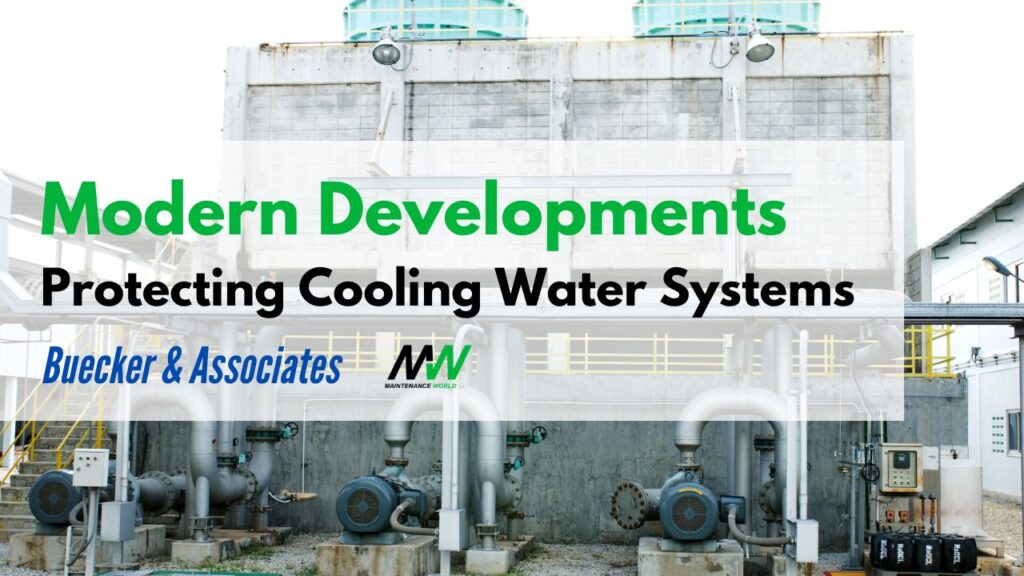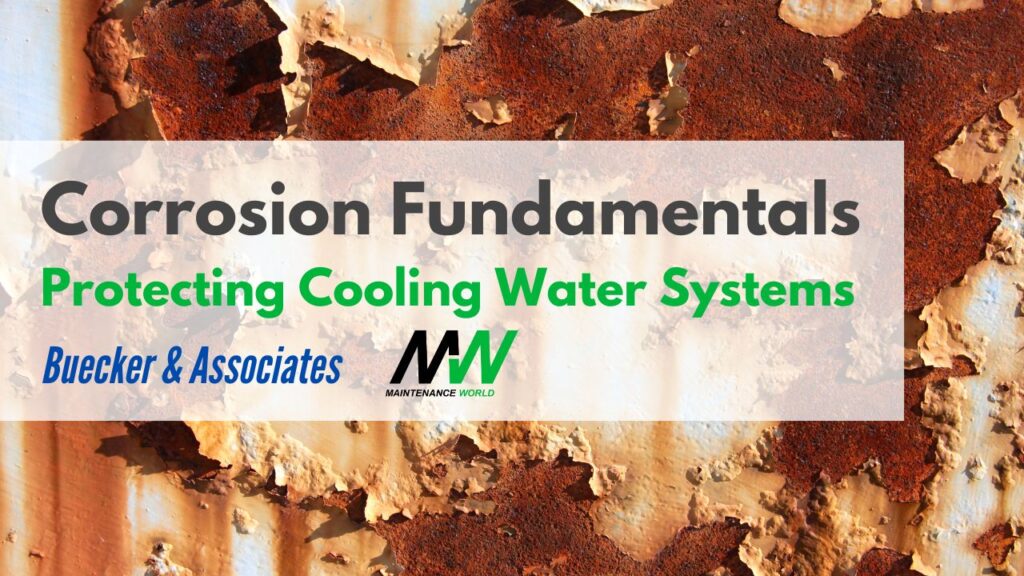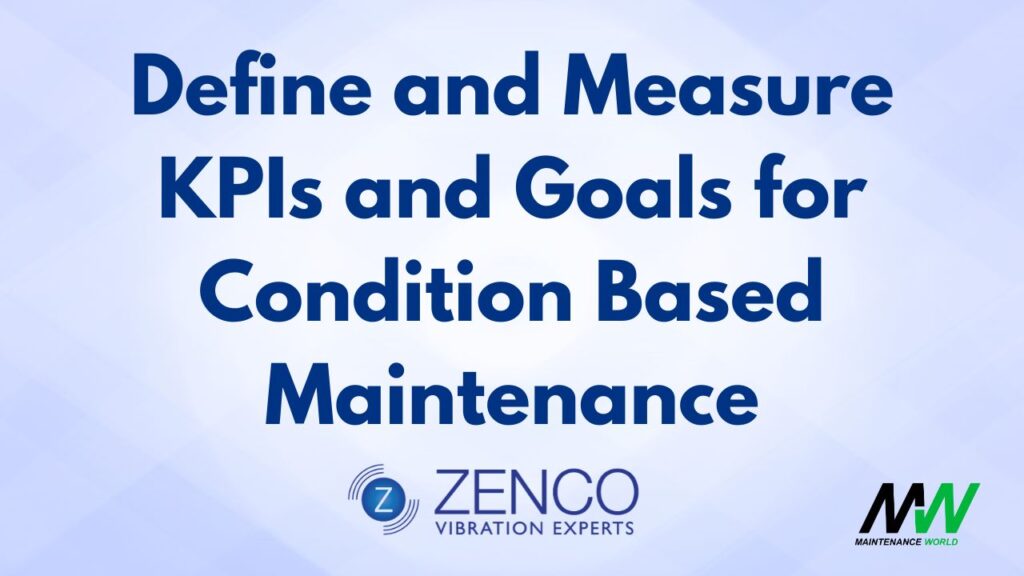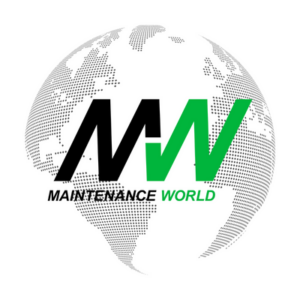
8 Steps to Jump Start Digital Transformation
This method can help you define where you are going and how to get there. Here are Total Resource Management’s 8 steps to jump start digital transformation.
[webinar] Embracing Digital Transformation in Maintenance & Plant Operations | March 13 at 10AM EST – Register Now

This method can help you define where you are going and how to get there. Here are Total Resource Management’s 8 steps to jump start digital transformation.

The Interplay of Smart Manufacturing Technologies: IIoT, Industry 4.0, and AI. Let’s explore this fascinating evolution chronologically. These concepts are deeply intertwined, but they emerged at different times and gradually converged.

Do you have an SAMP? Look at your Location hierarchy. Does it exist? Is it current? Is the new building in it? Look at your Asset records. What can you tell about the Asset only from that data? Lacking something? Learn how to organize location and asset hierarchies with us.

When it comes to sheaves, proper vibration analysis is critical for identifying faults and preventing costly damage to equipment. These vibration analysis tips highlight two common sheave-related issues—eccentricity and misalignment—and presents practical advice for diagnosing them.

This article will briefly examine this evolution and highlight modern developments in protecting cooling water systems. Environmental issues related to industrial wastewater discharge are also influencing this evolution.

Case Study: Reduce Downtime with Tank Cleaning Equipment Rebuild Services Rodem – Smart Sanitary Processes Posted 10/24/2024 In the pharmaceutical industry, time is money. Even

An asset register that is structured correctly and inserted to a Computerized Maintenance Management System (CMMS) provides the basis for an effective asset data solution. An approach is provided in this article to structuring an asset register and determining asset criticality within a Facilities department which recognizes the importance of each site in relation to the overall mission of the estate.

This installment of the cooling water systems series highlights the most common, but by no means all-inclusive, corrosion mechanisms in cooling systems.

Condition based maintenance offers a large array of benefits if done correctly. It is not enough however to know we are doing a good job. We have to be clear about our goals and we have to be clear about how we are going to measure if we are meeting our goals or not. There are all sorts of fancy software platforms with dashboards that can help us define and measure KPIs, and track and visualize them, but we have to actually use them!
Do you want to get weekly tips & tricks?
"*" indicates required fields


Elizabeth Ruiz is the editor and site administrator for MaintenanceWorld.com.
She is responsible for reviewing submitted content for the site and ensuring that it provides value to the readers of the site.
Copyright © 2010-2024 Maintenance World. All rights reserved.

Click here to join the Maintenance and Reliability Information Exchange, where readers and authors share articles, opinions, and more.
"*" indicates required fields
delivered straight to your inbox
"*" indicates required fields